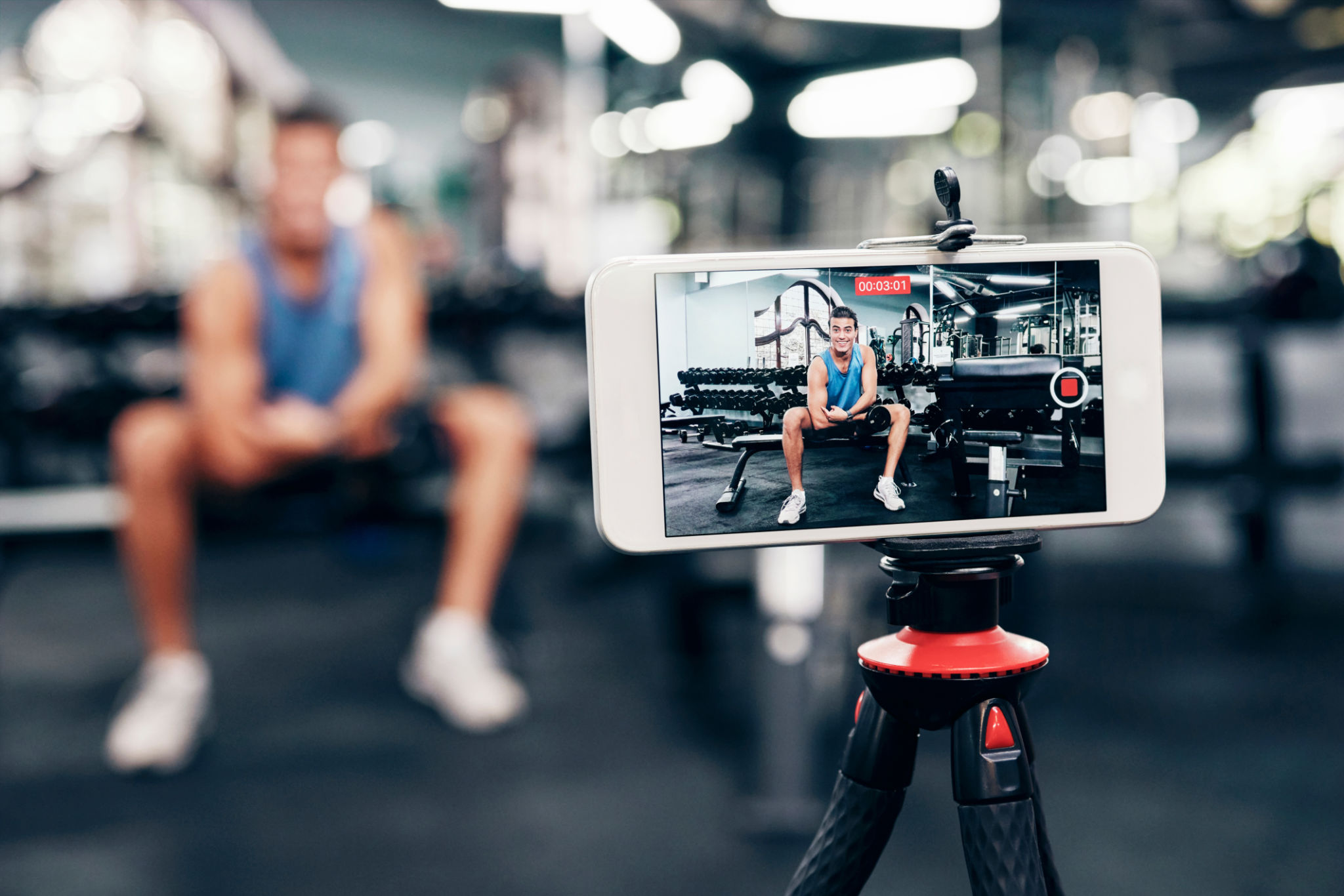How NIL Deals are Transforming College Sports: A Deep Dive
Understanding NIL Deals
The landscape of college sports has undergone a significant transformation with the introduction of Name, Image, and Likeness (NIL) deals. These agreements allow college athletes to profit from their personal brand without jeopardizing their amateur status. This change is revolutionizing how athletes, universities, and brands interact within the collegiate sports ecosystem.
NIL deals empower student-athletes by giving them the autonomy to monetize their talents and public personas. This shift not only benefits the athletes financially but also encourages them to engage more actively in building their personal brands. The introduction of NIL rights marks a pivotal moment in the history of college athletics.

The Impact on Athletes
For many student-athletes, NIL deals are a game-changer. They offer the ability to earn money through endorsements, social media collaborations, and personal appearances. This opportunity is particularly significant for athletes in high-profile sports like football and basketball, where visibility and fan engagement are already high.
Moreover, NIL agreements can help athletes learn valuable skills in entrepreneurship, marketing, and financial management. This experience equips them with tools that are beneficial both during and after their athletic careers. The ability to engage in these activities while still in college provides a head start that was previously unavailable under traditional NCAA rules.

The Role of Universities
Universities are also navigating this new territory by developing resources to support their athletes in securing and managing NIL deals. Many institutions have established dedicated departments or programs to guide athletes through the complexities of contracts and brand partnerships.
These initiatives aim to ensure compliance with NCAA regulations while maximizing opportunities for student-athletes. As universities adapt to this change, they are fostering environments where athletes can thrive both academically and financially.

Brands and Marketing Opportunities
For brands, NIL deals present unique marketing opportunities. Companies can now collaborate with college athletes to reach younger audiences through authentic endorsements. This form of marketing leverages the genuine connection between athletes and their fans, often resulting in higher engagement rates compared to traditional advertising methods.
Brands must strategically choose athletes whose values align with their own to create successful partnerships. This alignment ensures credibility and enhances the impact of marketing campaigns, benefiting both the athlete and the company involved.
Challenges and Considerations
Despite the numerous advantages, NIL deals also present challenges. Navigating compliance with NCAA rules and managing the expectations of various stakeholders require careful consideration. Additionally, there is a risk of disparities between athletes in different sports or schools, potentially leading to inequities in earning potential.
Another concern is ensuring that student-athletes maintain their focus on academics while pursuing commercial opportunities. Balancing these responsibilities is crucial for their long-term success both on and off the field.
Looking Forward
The future of NIL in college sports looks promising as stakeholders continue to adapt and innovate. The evolution of these deals will likely lead to more structured frameworks that enhance transparency and fairness across the board.
As NIL agreements become more commonplace, they will undoubtedly shape the next generation of college athletes, providing them with unprecedented opportunities and challenges to navigate.